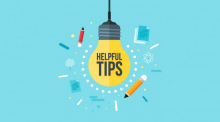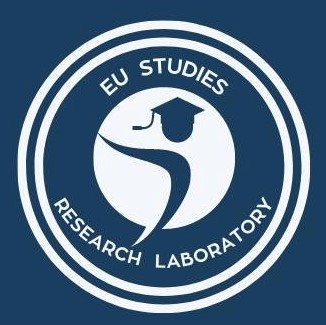Structure of Research Summary
The research summary is nothing but a concise form of the entire research paper. Therefore, the structure of a summary stays the same as the paper. So, include all the section titles and write a little about them. The structural elements that a research summary must consist of are:
Title
It represents the topic of the research. Try to phrase it so that it includes the key findings or conclusion of the task.
- Read more about Structure of Research Summary
- Log in or register to post comments















